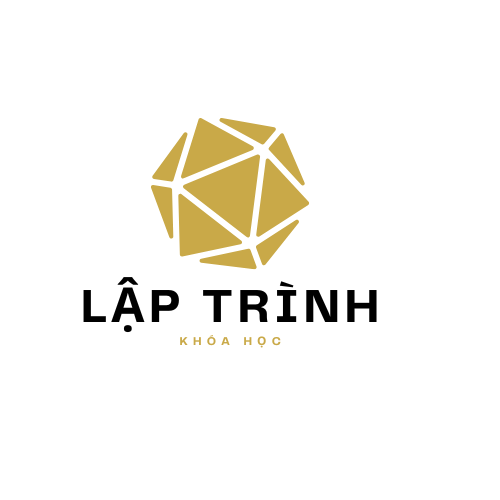##Sector Analysis##
### #Current Market Valuation#
The European automotive parts sector currently generates €359.4 billion annually, experiencing a 4% CAGR decline since 2019[2][9]. This contraction contrasts with 130,000+ available SKUs maintained by major distributors like Euro Car Parts[1][7][15]. Workforce metrics indicate 2 million employees sustain operations across manufacturing and distribution channels[2][9]. https://carparteu.com/
### #Electrification Impact#
Accelerated adoption of hybrid vehicles drives 17% annual growth in battery components demand, offsetting declining legacy system components[2][5]. The EU’s zero-emission vehicle mandate threatens 28% revenue reduction for traditional drivetrain suppliers[2][5].
##Regulatory Framework##
### #Vehicle Certification Protocols#
EU Directive 2007/46/EC enforces whole-vehicle homologation through e-Mark approvals covering 1,824 component categories[3][10][14]. KBA-approved testing facilities validate crash safety metrics using R156 software update protocols[14][10].
### #Aftermarket Liberalization#
The 2024 EU Design Regulation dismantles manufacturer exclusivity for headlamps, generating projected consumer cost reductions through third-party supplier competition[5]. Transition periods vary: 8-year phaseouts across member states based on prior regulatory frameworks[5].
##Supply Chain Architecture##
### #Key Market Players#
SPEurope dominate cross-border logistics with 20,000 daily searches across 50 countries, leveraging 3PL partnerships for next-day delivery[4][8][11][13]. EUROPART specialize in commercial vehicle components, maintaining 300+ warehouses[12][13].
### #Quality Assurance Protocols#
E-Mark certification ensure component interoperability through RSA-2048 encryption of LED lighting systems[6][14]. Euro Car Parts enforce VIN validation on remanufactured transmissions[1][15].
##Technological Disruption##
### #E-Commerce Transformation#
Platforms like EUROPART EWOS utilize VIN decoders achieving 90% order accuracy, integrated with blockchain tracking[8][12][15]. FEBEST deploy QR code traceability across 100,000+ OE references[4][11].
### #3D Printing Adoption#
Aftermarket suppliers pilot on-demand spares production for vintage vehicle parts, reducing storage costs by 43% through localized print hubs[9][13].
##Sector Pressures##
### #Margin Compression#
Intensifying competition from Asian exporters forces 17% price reductions among French OEMs[9][10]. GSF counter with 190+ pickup points offering 30-minute fulfillment[1][15].
### #Skills Shortage#
The EV diagnostic requirements creates critical technician shortages, prompting upskilling partnerships with FE colleges[12][15].
##Future Projections##
### #Circular Economy Models#
Upcycled components target €22B valuation through EU End-of-Life Vehicle Directive incentives[5][9]. Battery recycling plants centers emerge near logistics corridors[2][14].
### #Autonomous Vehicle Readiness#
LiDAR calibration kits require ISO 26262 updates, driving OEM-Tier 1 collaborations across Barcelona tech clusters[10][14].
##Conclusion#
#The EU automotive parts sector navigates dual disruption from electrification mandates. industry leaders will balance compliance rigor with circular economy commitments. As 2035 deadlines approach, strategic pivots toward EV service ecosystems separate consolidators from legacy providers[2][5][9][14].#
